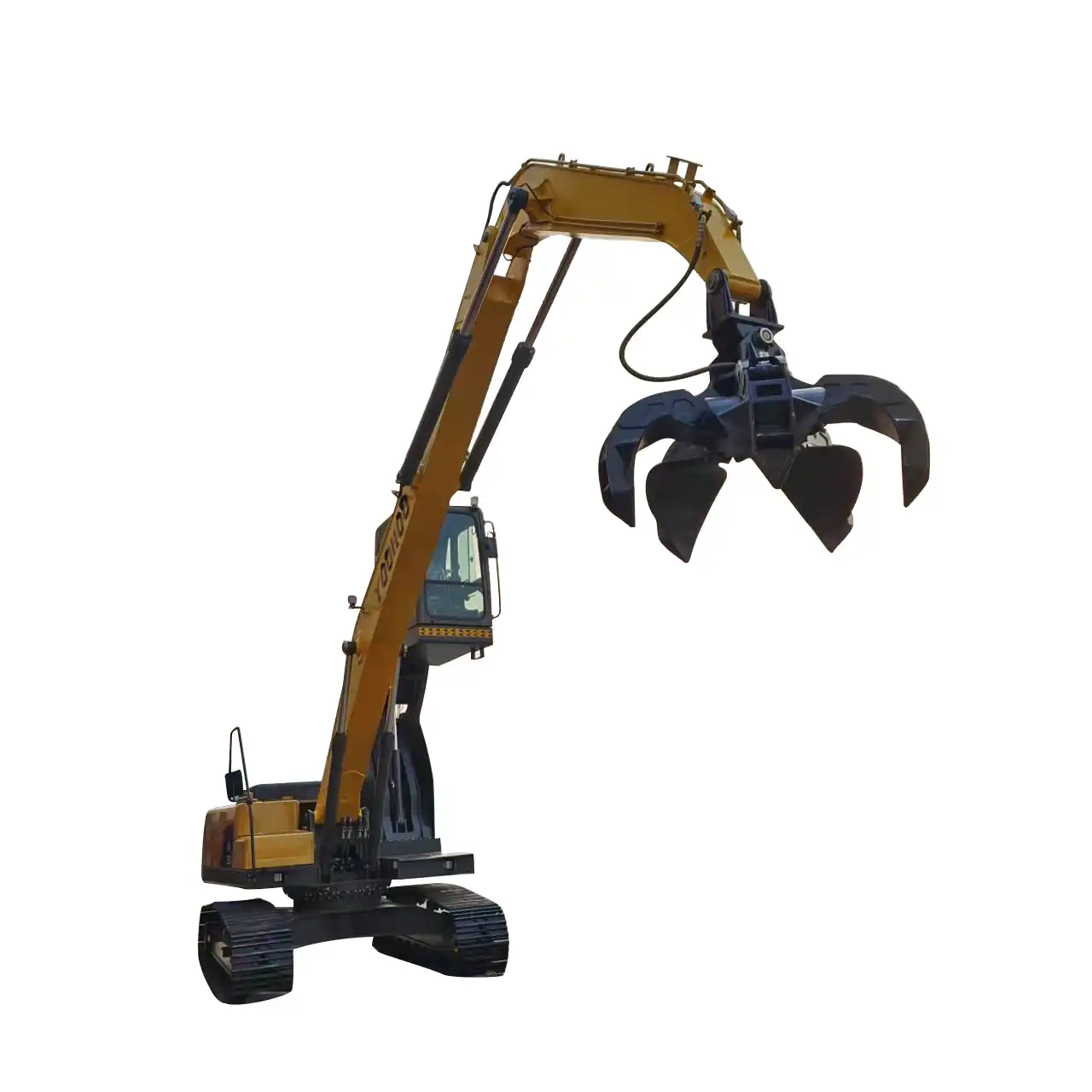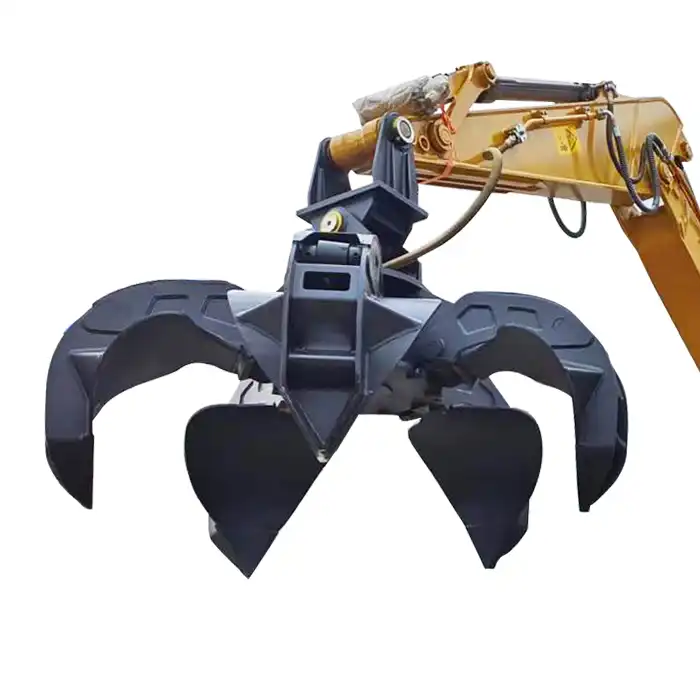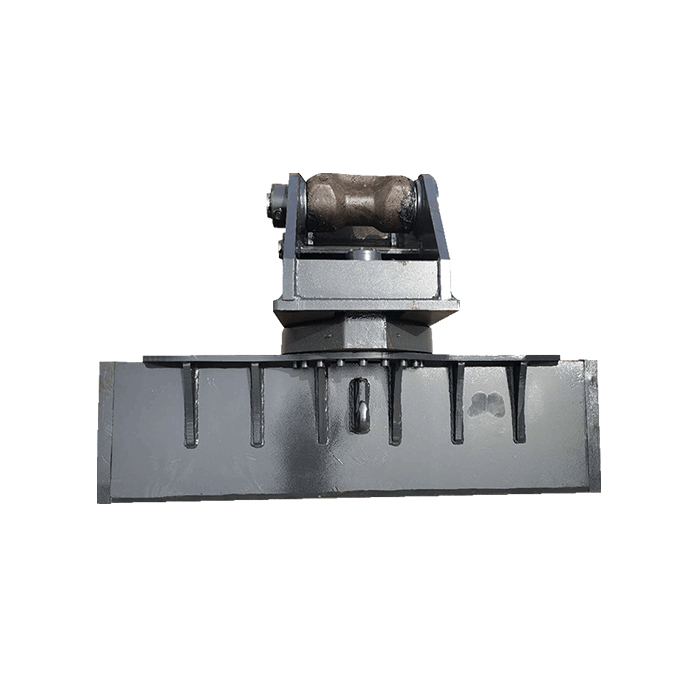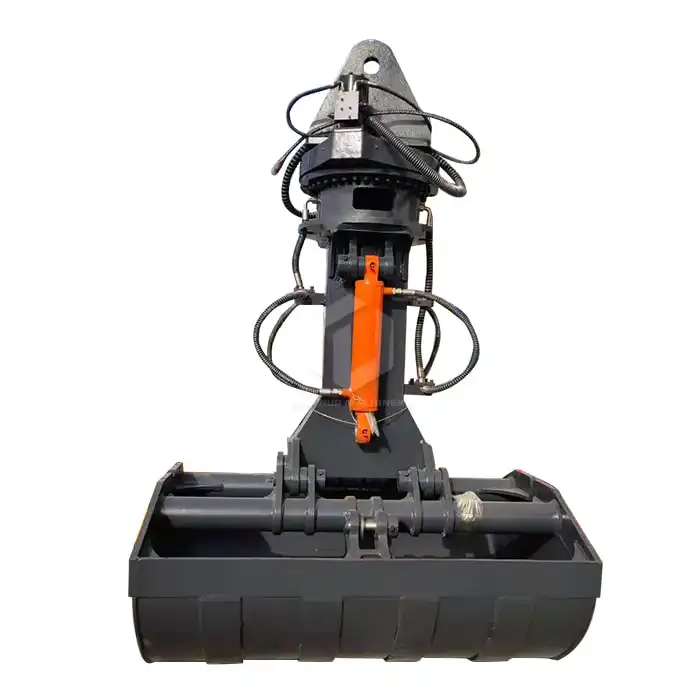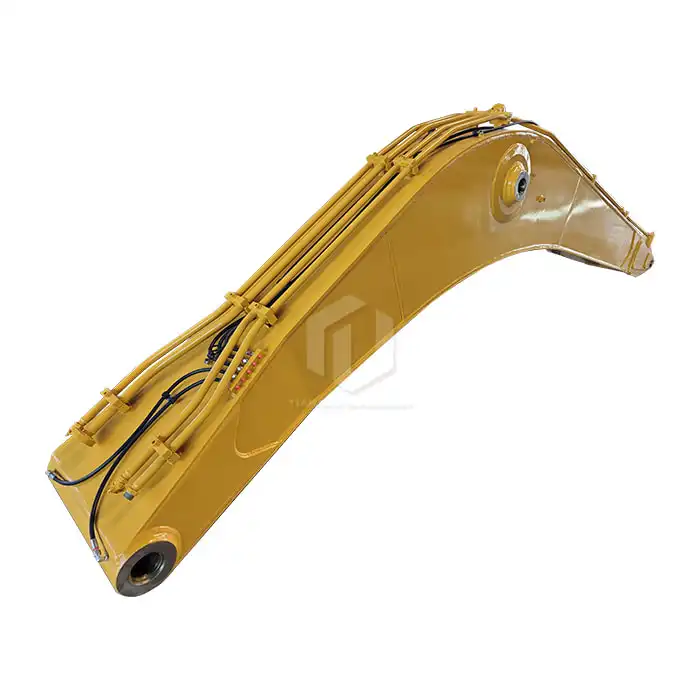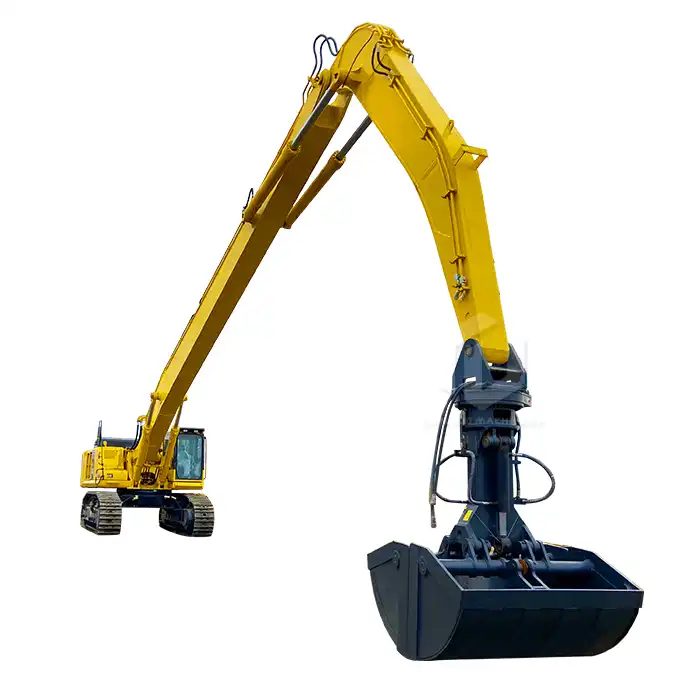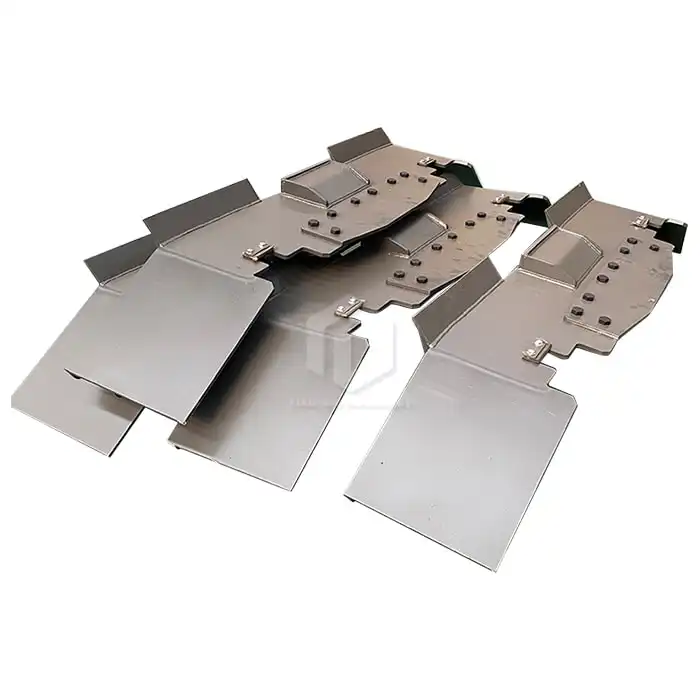High Vibration Hydraulic Ballast Tamping Manual
Welcome to the comprehensive guide on the high-vibration hydraulic ballast tamping machine, an essential equipment in modern railway maintenance operations. This manual serves as your go-to resource for understanding, operating, and maintaining this sophisticated machinery that plays a crucial role in ensuring track stability and extending the lifespan of railway infrastructure. Designed specifically for railway construction teams, maintenance crews, and infrastructure managers, our tamping machines combine powerful vibration technology with precision hydraulic systems to achieve optimal ballast compaction.
General Description

Purpose and Applications
The high-vibration hydraulic ballast tamping machine represents cutting-edge technology in railway track maintenance. This specialized equipment is designed to restore and maintain the correct geometry of railway tracks by efficiently compacting the ballast under and around sleepers. The primary purpose of ballast tamping is to ensure proper track alignment, level, and stability, which are essential for safe train operations at designated speeds.
These machines find extensive applications across various railway maintenance scenarios. They are crucial for both scheduled maintenance operations and emergency interventions when track misalignments are detected. For new track construction, they establish the initial compaction necessary for stable operations. During rehabilitation projects, they restore deteriorated sections to their optimal condition. The machines are equally valuable in heavy freight corridors where ballast displacement is common and in high-speed passenger lines where precision is paramount.
The versatility of modern tamping equipment allows for operations in diverse environmental conditions, from extreme temperatures to varying ballast materials and track configurations. This adaptability makes them indispensable tools for maintaining consistent track quality across entire railway networks.
Key Features and Benefits
Our high-vibration hydraulic ballast tamping machine incorporates several innovative features that set it apart from conventional tamping equipment. The high-frequency vibration technology delivers superior compaction results with less energy expenditure. This vibration system operates at optimized frequencies that effectively consolidate various ballast materials without causing unnecessary particle degradation.
The precision hydraulic control system enables operators to apply exactly the right amount of pressure and vibration intensity for each specific tamping operation. This adaptive capability prevents both under-compaction (leading to premature track settlement) and over-compaction (causing ballast degradation and reduced drainage).
Machine Structure and Components

Power System
The power system of the high-vibration hydraulic ballast tamping machine represents the heart of its operational capabilities. At its core is a sophisticated hydraulic circuit designed specifically for railway maintenance applications. This system harnesses hydraulic energy from either a dedicated power pack or the auxiliary hydraulics of a carrier machine, converting fluid pressure into the mechanical force necessary for effective tamping operations.
The hydraulic pump delivers precisely regulated oil flow to the system, while robust pressure relief valves ensure protection against overload conditions that might occur during operation in especially compacted or contaminated ballast sections. The power control module incorporates advanced flow control technology that maintains consistent performance regardless of external temperature variations or hydraulic fluid viscosity changes.
Energy efficiency features include load-sensing circuitry that automatically adjusts power consumption based on resistance encountered during tamping. This intelligent adaptation minimizes fuel consumption while maximizing work output. The hydraulic reservoirs incorporate filtration systems that extend fluid life and protect sensitive components from contamination, a common challenge in dusty railway environments.
Connecting coupler designs enable quick attachment to various power sources, facilitating rapid deployment across different worksites. The entire power system is engineered with railway-grade components capable of withstanding the continuous vibration and varying load conditions characteristic of tamping operations, ensuring reliable performance throughout extended maintenance shifts.
Vibration Mechanism
The vibration mechanism constitutes the defining element of the high-vibration hydraulic ballast tamping machine, distinguishing it from conventional tamping equipment. This sophisticated system employs eccentric weight technology to generate precisely controlled oscillations that significantly enhance compaction effectiveness while reducing the physical force required from operators.
At the mechanism's core lies a precision-balanced vibration generator housing hardened steel eccentric weights. These weights rotate at carefully calibrated speeds to produce vibration frequencies optimized for different ballast materials and compaction requirements. The innovative dual-amplitude design allows operators to select between high-frequency/low-amplitude settings for fine-grained materials and low-frequency/high-amplitude settings for coarse ballast or heavily fouled sections.
Vibration energy is transmitted through specially designed tamping tools featuring geometry engineered to maximize force distribution throughout the ballast profile. This ensures uniform compaction from the base of the sleeper to the drainage layers below. The mechanism incorporates advanced isolation systems that direct vibration energy downward into the ballast while minimizing transmission to the operator handle, significantly reducing fatigue during extended operations.
Wear-resistant components manufactured from proprietary alloys extend service intervals and maintain consistent vibration characteristics throughout the equipment lifecycle. The entire assembly is sealed against dust and moisture intrusion, critical for maintaining performance in the challenging railway environment where ballast dust and weather exposure are constant operational factors.
Tamping Tools and Attachments
The tamping tools and attachments of the high-vibration hydraulic ballast tamping machine are engineered for optimal performance and durability in demanding railway environments. These components directly contact the ballast material, transferring vibration energy and applying compressive force to achieve proper consolidation beneath sleepers.
The standard tamping head features a unique multi-angle design that effectively penetrates and compacts ballast from various approach angles. This versatility is particularly valuable when working in confined spaces or addressing irregularly settled track sections. The tamping plates are manufactured from wear-resistant manganese steel alloy, providing exceptional durability even when operating in highly abrasive ballast materials or contaminated track beds.
Interchangeable tamping tools accommodate different sleeper spacing and configurations. Narrow profile attachments are optimized for working between closely spaced sleepers in urban transit systems, while wider designs maximize efficiency in conventional mainline applications. Special corner attachments facilitate effective tamping in hard-to-reach areas like switch points and crossing diamonds, ensuring comprehensive maintenance of complex track structures.
Quick-change coupling systems enable rapid tool switching without specialized equipment, minimizing downtime during operations that require different attachment configurations. All tools incorporate vibration-optimized geometry that maximizes energy transfer into the ballast while minimizing material displacement, preserving track geometry during the tamping process.
The attachment system includes optional extension handles for reaching difficult access areas and depth control guides that ensure consistent tamping depth across operations, contributing to uniform track support and extended maintenance intervals.
Operating Procedures

Pre-operation Inspection
Before operating the high-vibration hydraulic ballast tamping machine, a thorough pre-operation inspection is essential to ensure both safety and optimal performance. Begin by examining the hydraulic system for any signs of fluid leaks, damaged hoses, or loose connections. Even minor leaks can rapidly worsen under operational pressure and potentially create hazardous conditions for operators and equipment.
Inspect the tamping tools for wear, cracks, or deformation that might compromise their effectiveness or safety. Pay particular attention to the mounting points where vibration stresses concentrate. The vibration mechanism requires special attention; verify that all fasteners are secure and that the protective housing shows no signs of damage or excessive wear that might indicate internal problems.
Check all control systems, ensuring handles move freely, trigger mechanisms engage properly, and emergency stop functions operate as designed. Confirm that safety guards and vibration dampening components are intact and correctly positioned to protect operators from excessive exposure to vibration forces.
Verify proper hydraulic fluid levels and condition, as contaminated or degraded fluid can cause premature component wear and unpredictable performance. Ensure that any power source to be used meets the manufacturer's specifications for flow rate and pressure capacity. Inadequate hydraulic supply will result in poor tamping performance and potential equipment damage.
Document all inspection findings according to your organization's maintenance protocols. This record-keeping facilitates tracking of equipment condition over time and helps identify developing issues before they result in operational failures or safety incidents.
Operation Techniques
Mastering proper operation techniques for the high-vibration hydraulic ballast tamping machine ensures optimal track maintenance results while preserving equipment longevity. Begin by positioning the machine perpendicular to the sleeper, aligning the tamping tool approximately 20-25 cm from the sleeper edge. This positioning ensures effective consolidation beneath the critical load-bearing zone.
Insert the tamping tool into the ballast with a smooth, controlled motion until it reaches the desired depth. The tool should penetrate sufficiently to access the ballast beneath the sleeper without making direct contact with the sleeper itself, which could cause damage to both the concrete and the equipment.
Once properly positioned, activate the vibration mechanism while maintaining steady downward pressure. Allow the vibration to work progressively through the ballast rather than forcing the tool. Excessive manual force reduces the effectiveness of the vibration and increases operator fatigue. Maintain each tamping position for 5-8 seconds, allowing sufficient time for proper consolidation without over-compacting.
Work systematically along each sleeper, moving from the outside toward the rail and then continuing on the opposite side. This methodical approach ensures uniform support throughout the sleeper length. For optimal track geometry, coordinate tamping operations with track lifting and lining activities when addressing sections with significant geometry defects.
In areas with water-saturated ballast, reduce vibration time to prevent liquefaction of fines and subsequent instability. Conversely, in extremely compact or contaminated sections, incremental penetration with shorter vibration cycles may be necessary to achieve proper consolidation without overloading the equipment.
FAQ
1. How often should ballast tamping be performed as part of track maintenance?
The frequency of ballast tamping depends on several factors including traffic volume, axle loads, train speeds, weather conditions, and ballast quality. High-traffic mainlines typically require tamping interventions every 3-5 years, while lower-traffic branch lines may extend to 8-10 years between major tamping operations.
2 . What advantages does a high-vibration machine offer over traditional tamping methods?
The high-vibration hydraulic ballast tamping machine offers significant advantages over traditional manual and pneumatic tamping methods. The high-frequency vibration technology achieves superior compaction density with less physical effort, resulting in more consistent track support and extended maintenance intervals. The hydraulic system provides precise control over tamping force and depth, preventing both under-compaction and over-compaction issues common with manual methods.
Ballast Tamper For Sale
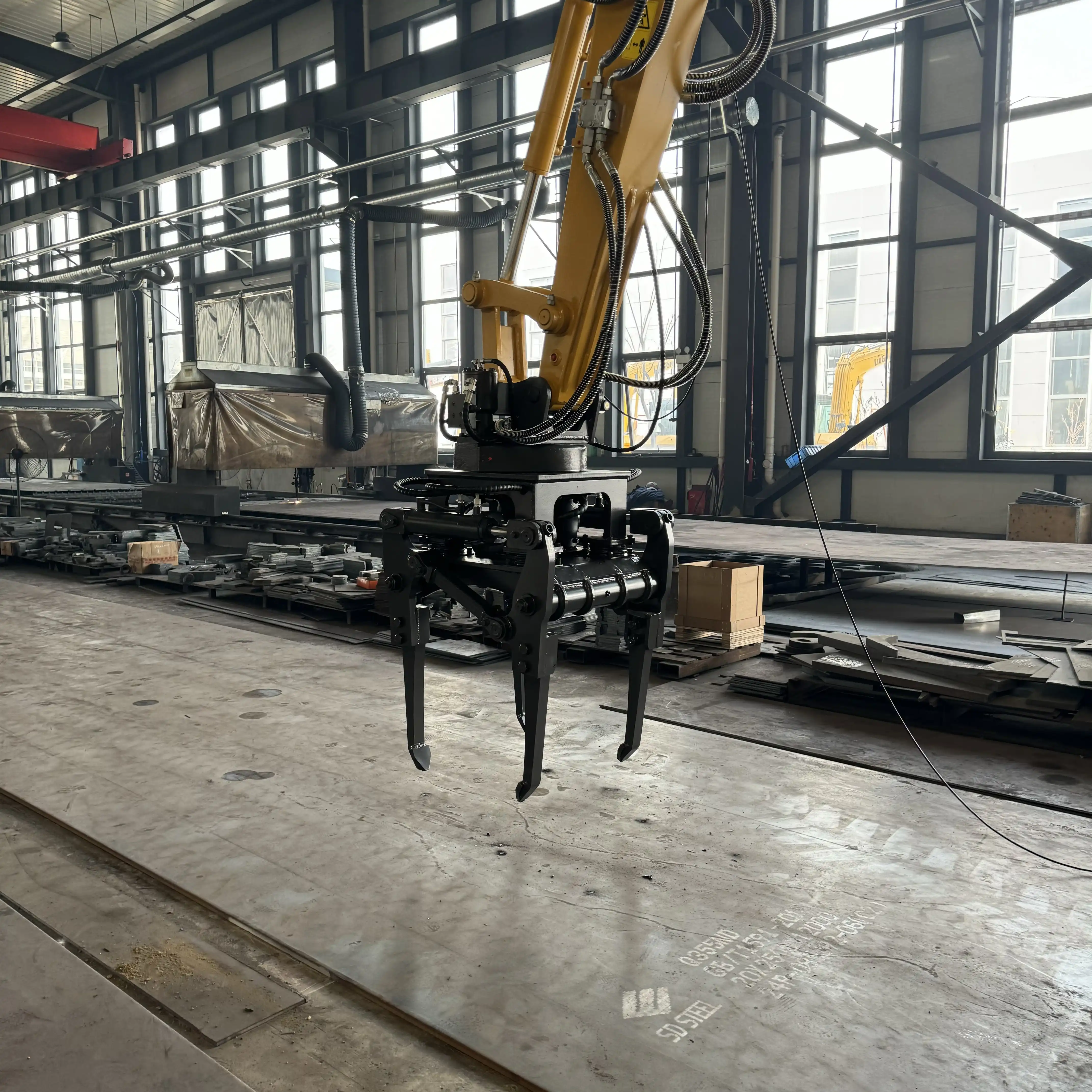
The ballast tamping machine represents an essential investment for railway maintenance operations committed to track quality, safety, and operational efficiency. Throughout this manual, we've explored the comprehensive capabilities, technical specifications, and proper operational procedures that make these machines indispensable tools in modern railway maintenance.
By following the detailed guidelines provided for inspection, operation, and maintenance, maintenance teams can maximize the effectiveness and service life of their tamping equipment while ensuring optimal track geometry and stability. The advanced vibration technology and precision hydraulic systems integrated into these machines deliver superior compaction results that directly translate to improved track performance, reduced derailment risks, and extended maintenance intervals.
For railway professionals seeking to enhance their track maintenance capabilities with high-quality tamping equipment, Tiannuo Construction Machinery Co., Ltd offers expertly engineered solutions tailored to diverse operational requirements. Our commitment to quality and innovation ensures that our clients receive machinery that meets the demanding standards of modern railway operations.
For more information about our high-vibration hydraulic ballast tamping machine and other railway maintenance equipment, please contact us at arm@stnd-machinery.com, rich@stnd-machinery.com, and tn@stnd-machinery.com.
References
Railway Track Maintenance Handbook: Principles and Practices, International Railway Association, 2023.
Modern Hydraulic Systems in Railway Maintenance Equipment, Journal of Railway Engineering, Volume 42, 2022.
Optimization of Ballast Tamping Procedures for Extended Track Geometry Retention, Transportation Research Board Annual Compendium, 2023.
Vibration Technology Applications in Railway Infrastructure Maintenance, International Conference on Railway Engineering Proceedings, 2022.
Ballast Degradation and Track Settlement: Causes and Prevention Strategies, Railway Engineering Science Quarterly, Volume 35, 2023.
Operator Health and Safety in Railway Maintenance Operations: Best Practices and Risk Mitigation, Occupational Safety in Transportation Industries, 2022.
About Author: Arm
Arm is a leading expert in the field of specialized construction and railway maintenance equipment, working at Tiannuo Company.

